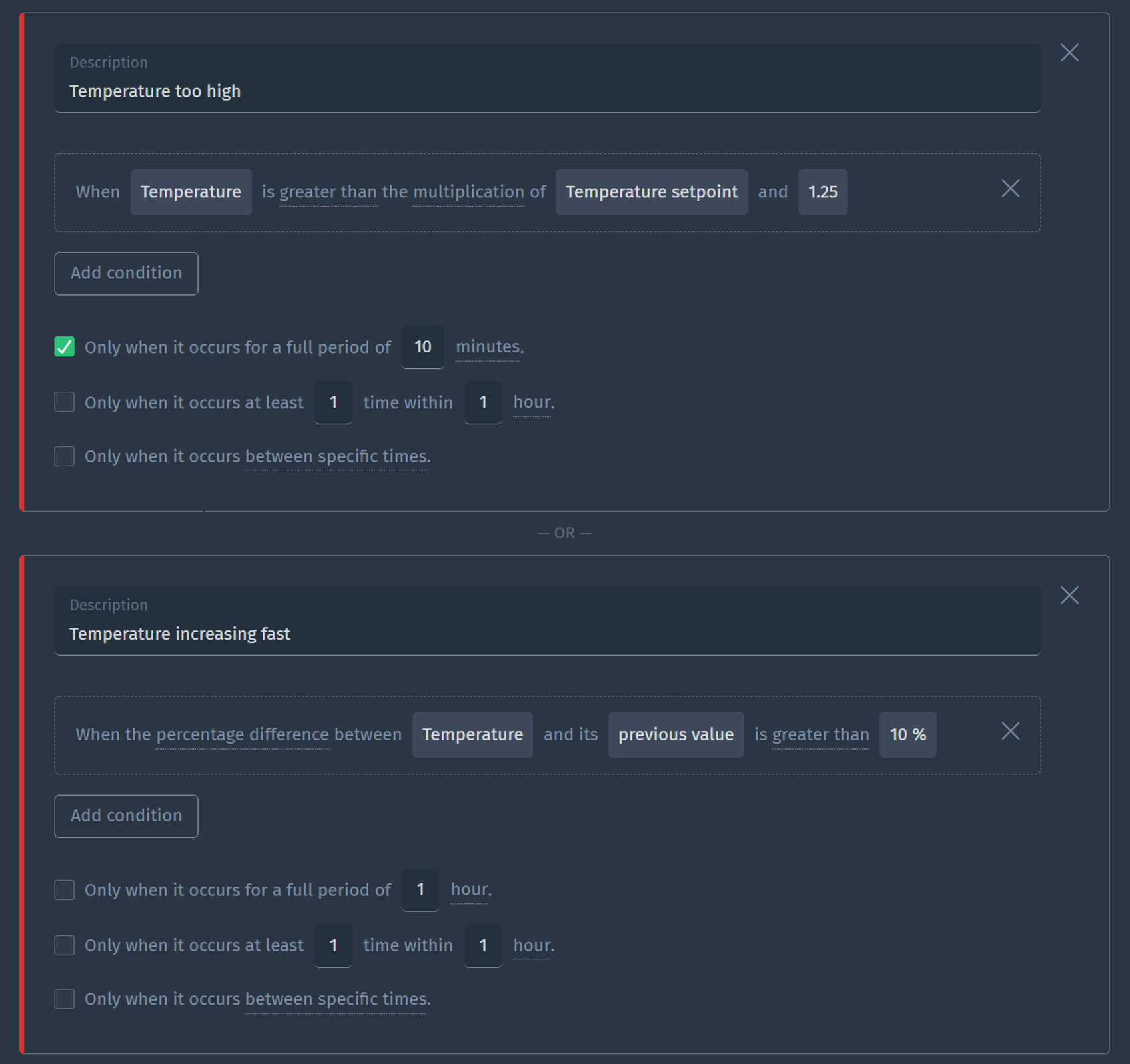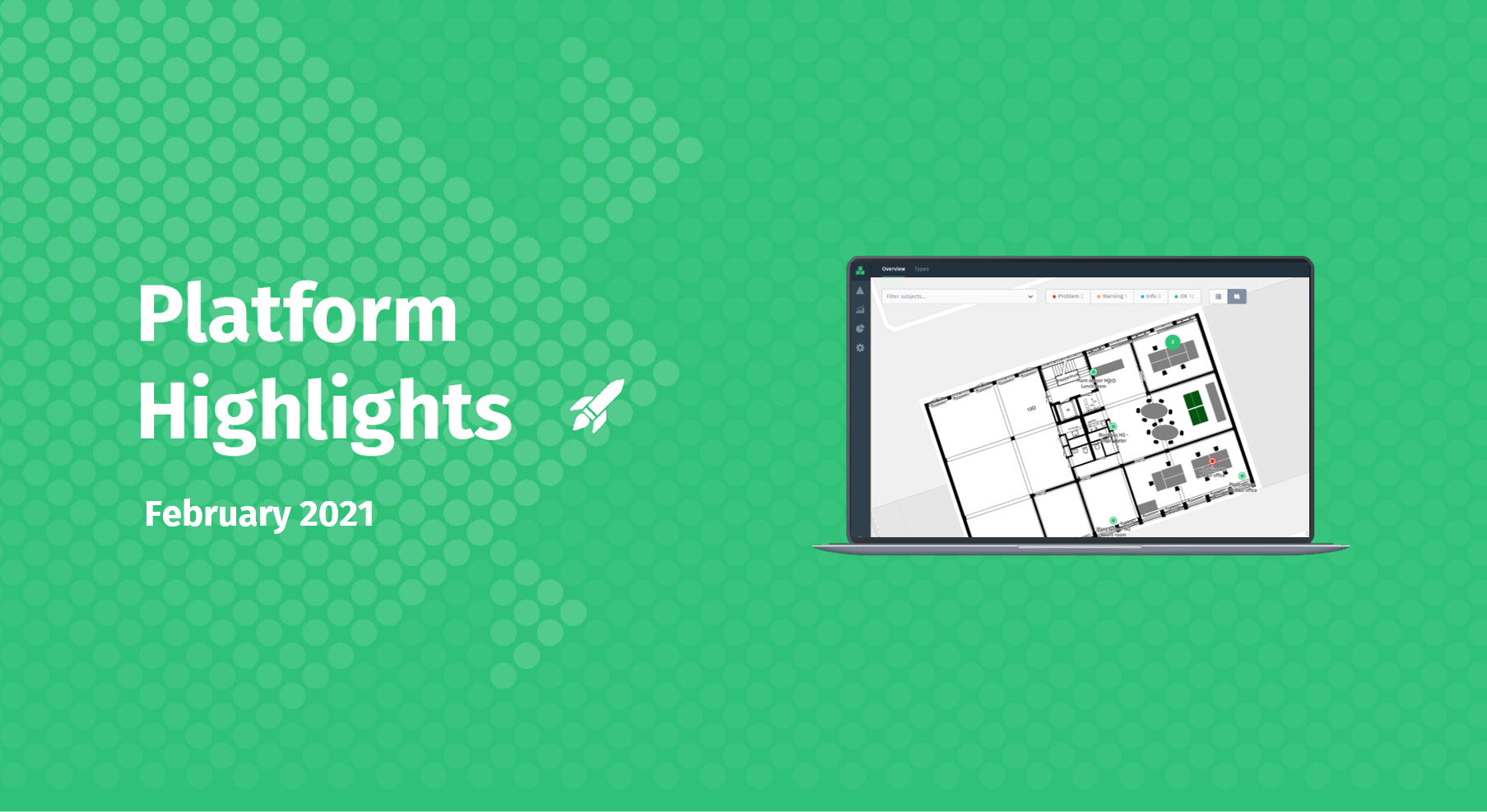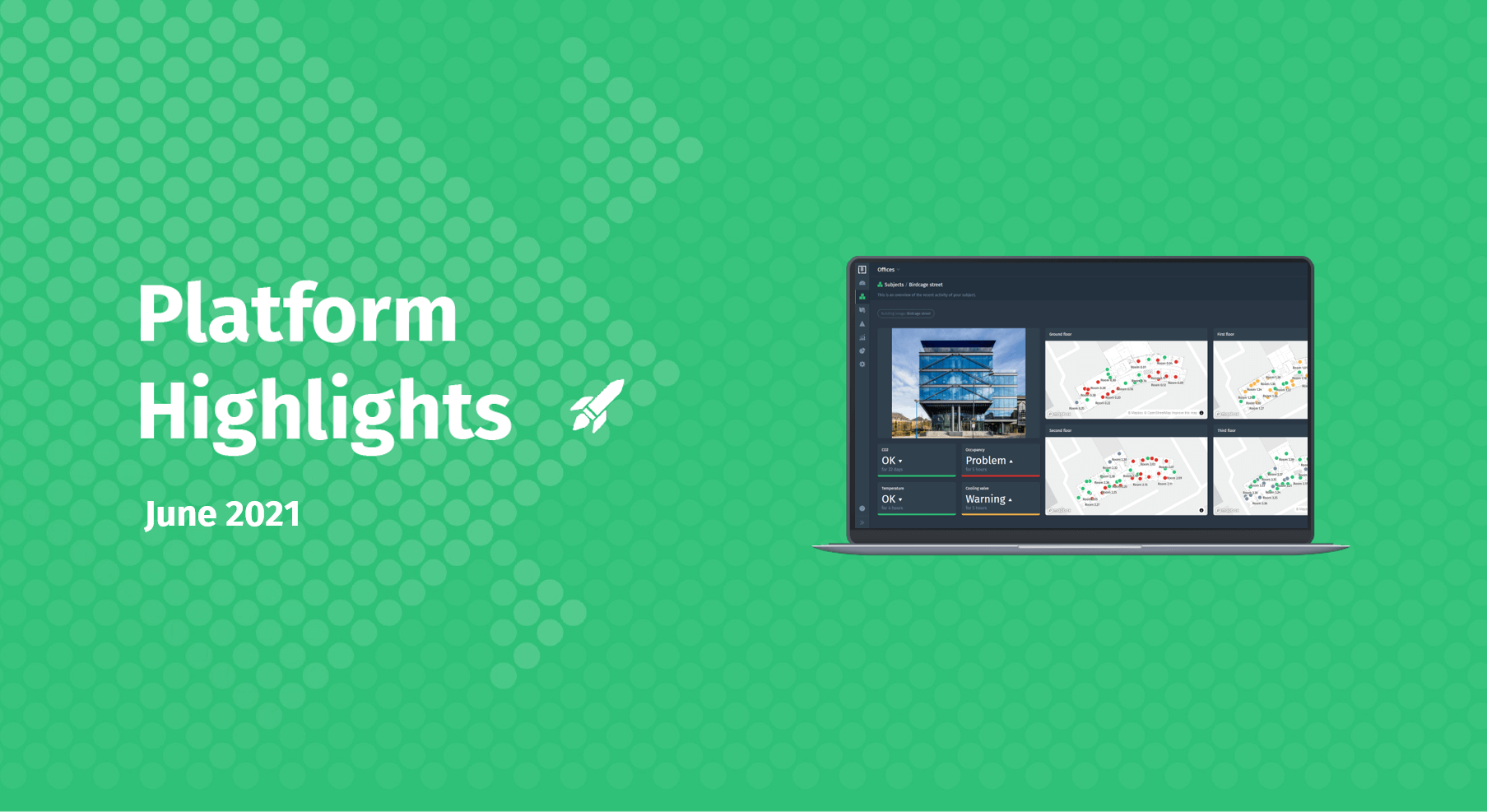March 17, 2021 · 8 min read
Paradigm shift towards Low Code IoT platforms
Introduction
Hope everybody’s been doing well and has been staying safe! I joined Blockbax just over a year ago and we’ve welcomed lots of new customers and partners to the Blockbax Community since then. I want to share some observations and learnings on the uprise and potential of Low Code in the world of IoT with you in this blog.
State of the union
We see lots of exciting things happening in the IoT space and see quite a few companies already benefitting at scale from insights from IoT data. The majority of companies however, are still at the starting point of their journey of uncovering where and how IoT applications can add value. I mentioned this in my previous blog in the introduction when mentioning the struggle from scaling departmental experiments to company-wide initiatives .
The companies that are successful in adopting IoT at scale use a similar approach. The majority have chosen for a sensor agnostic approach by integrating their sensors into some sort of IoT platform. These IoT platforms are typically built from open-source components or based on a solution built using capabilities and services from some of the larger public cloud vendors.
IT is leading the dance
The common denominator between these approaches is that the transformation from raw IoT data to useful information and insights is done by technical specialists. Data scientists and programmers are responsible for creating triggers and more complex algorithms that analyse the incoming data. This creates a dependency between people from the business and such technical specialists. It also implies that testing new ideas or incorporating new insights require some sort of process of capturing requirements, prioritizing these against each other and a piece of development and testing work. You can optimize this process but you will always have some sort of gap between ideas from the business and their actual implementation.
The early days of Low Code Application Development
I see a lot of similarities between the current IoT market and the early days at Mendix when the market for Low Code Development Platforms was still shaping / evolving. I spent most of my time in sales management roles and have witnessed the market evolve from a market for early adopters into an established market validated by analyst firms like Forrester and Gartner through their market studies.
In those early days, the main approach for building custom software applications was by coding them in e.g. Java or .Net. Most companies were very sceptical about the notion that Low Code Development would become a serious alternative to this approach. To be clear, I’m not saying that an approach based on coding will not lead to successful implementations but over time a Low Code approach has proven to bring significant benefits in terms of time-to-market, costs and the degree in which projects are successfully delivered and adopted. Furthermore, there is a realisation that certain ‘projects’ are never finished and should be set up in a way that allows for continuous improvements based on new ideas and insights. Low code technologies typically provide such capabilities out of the box.
The demand for self-service will rise, as it always has
Part of the success of Low Code Application development is the ability to let people who have domain knowledge on e.g. Claims Handling or Customer Experience actively participate in building applications for those use cases.
The uprise of Low Code made self-service application development possible, moving part of those activities from the IT department into the business. The capabilities that Business Intelligence Platforms like Qlikview or PowerBI offer has seen a similar evolution; what started as something that was 100% ‘IT Led’ moved towards self-service capabilities for people from the business.

Key changes brought by the introduction of self-service in Business Intelligence that are also applicable to Low-Code IoT Platforms.
Source: Tech Target
Are your mechanics, engineers and technicians invited?
What are you currently doing to make your organization aware of the potential value that large amounts of IoT data could bring? What is your current process for bringing ideas around this type of data to life? How quickly are you able to transform such ideas into working prototypes?
In Low Code Application development we saw the uprise of the ‘citizen developer’ , in data analytics we see a similar phenomenon called a citizen data scientists.
Gartner described citizen data scientists as someone who can apply different forms of data analytics but whose primary job is outside the field of analytics. In our experience there are always people from the business that are willing to see if they can transform their domain knowledge to how IoT data is analysed. A challenge is finding the right tools for them to do so.
Turn your mechanics, engineers and technicians into citizen data scientists
By applying a Low Code approach to IoT you will be able to have your experts from the business actively participate in gaining valuable insights from IoT data. This solves a challenge mentioned by Gartner related to finding the right tools for this. Self-service capabilities to visualize but more importantly analyse incoming IoT data that can be used without having to call on technical experts are critical to the success of such an approach.
A real-life example from one of our customers are electro technicians working for a Grid Operator who configured new rules to predict when public lighting will break. Another example is how asset managers working for a water laboratory automated the validation of the data quality of data coming from water quality sensors.

An example of how more complex rules are configured in Blockbax, they can be applied to your assets within a few clicks
This screenshot shows how a more complex rule is configured in Blockbax by using our web-based editor. Such rules will be applied to the incoming data without having to go through any kind of deployment procedure. This makes experimenting with rules like this fast and easy. We’ve seen companies simply test and validate new ways to transform incoming data into valuable insights prior to integrating them with operational processes and rolling them out into the wider organization.
Key benefits of adopting Low Code for IoT
I’d like to end with summarizing the key benefits of Low Code for IoT we see within our current customer base:
- Reduce the time to market of new initiatives to a couple of days
- Eliminate the ‘business / IT gap’ in translating domain knowledge to data interpretation
- The ability to continuously and quickly implement new ideas and insights
- Increase adoption rate through active participation of business stakeholders
- Continuously benefit from ongoing releases of new features and functionality
- The documentation is the actual implementation
- Allow for complex Enterprise-wide implementations by not being restrictive
You probably have a lot of technical experts who will always state that they’re perfectly able to build you a stack for IoT analytics . We’re not saying they’re wrong but strongly advise you to be bold and have a part of those activities executed by your business experts. This is an opportunity for you to equip them with the right tools and processes and allow for active participation in transforming IoT data to value.
Don’t forget that your biggest source of knowledge are the people from the business side of the house! Introducing Low Code capabilities to them is the fastest and easiest way to capitalize that knowledge and transform it into a long-lasting competitive edge!
Cheers,
The Blockbax Team.


